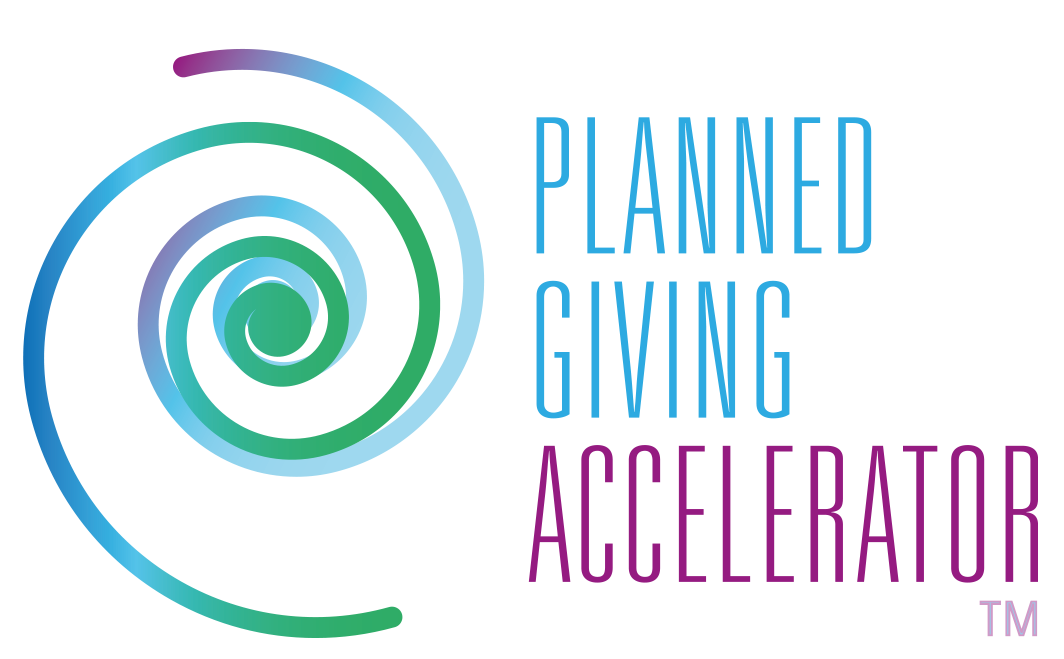The pressure is real for many nonprofits to ramp up short-term fundraising efforts.
Record inflation is spiking demand for organizations focused on addressing basic human needs such as hunger, affordable housing, and access to healthcare.
Meanwhile, we’re in the midst of a devastating humanitarian crisis ignited by Russia’s invasion of Ukraine, which has stretched some nonprofits to shift resources – and money – to contribute to the needs of the millions of refugees fleeing the ravaged country.
All of this fuels the temptation to shift away from Planned Giving.
Resist it.
One of the most insidious myths of Planned Giving is that focusing on it will hamstring more immediate and annual giving fundraising efforts.
It’s just that – a myth. Shorter-term fundraising and Planned Giving are not either-or propositions.
Research has found that not only does Planned Giving not detract from ongoing fundraising efforts, but it can also actually boost them.
There are several reasons for this. For starters, some of those donating to meet a pressing need aren’t necessarily your current Planned Giving prospects. They may be early in their careers, and lacking the motivation or resources to make a substantial gift commitment. Or, they simply may be moved to donate to a current crisis, but do not routinely make significant charitable gifts.
More importantly, those of your supporters who are Planned Giving prospects or donors are actually more likely to make donations to meet more immediate or ongoing needs. Planned Giving researcher Dr. Russell James, Director of Graduate Studies in Charitable Financial Planning at Texas Tech University, has found that donors who add a charitable bequest in their wills, give an average of 75% more in following years to annual giving campaigns.
A key trigger for this is that by consistently conducting Planned Giving outreach, you build deep and enduring relationships with your prospects. As they gain greater insight into the good your nonprofit does each and every day, they become more invested in your mission – and more likely to donate – and give larger contributions – on a regular basis.
I’ve seen this play out time and again in my work with a wide range of nonprofits. The most recent example came from a Planned Giving Accelerator member who leads development for an international arts organization.
The organization received a generous bequest commitment from a supporter – but it didn’t end there. During the course of their conversation about the gift, the Accelerator member mentioned a capital campaign aimed at generating funding for a pressing need.
The result? The donor contributed an additional $60,000 – a sum that helped the organization make huge strides toward their fundraising goal.
The bottom line: Stay the course with your Planned Giving program – even in times of crisis or uncertainty. You will undoubtedly have board members or leaders question if your efforts run contrary to current priorities.
Be ready to respond with the facts.
By setting the record straight, you better position your nonprofit to meet the current needs of those you serve, while also ensuring financial stability and strength for your nonprofit for the long haul.


